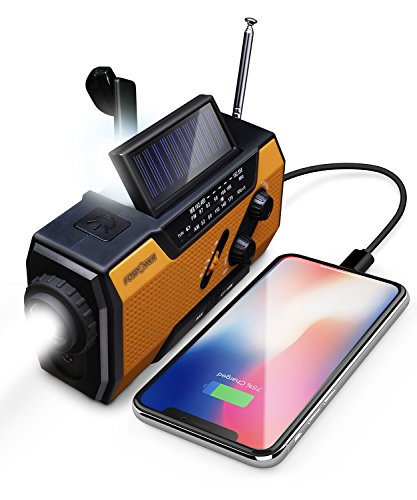As smartphone users, all we want is enough battery life to last the day. Frustratingly, the older the devices, the less power it seems to have. The amount of battery life our phones have on any given day depends on two key factors: how we use our mobiles on that particular day, and how we used them in the past.
Smartphones use lithium-ion batteries to store their energy. In this type of battery, lithium ions and lithium metal move back and forth of individual electrodes, making them expand and contract. Unfortunately, these methods are not entirely reversible; and the batteries drop their charge capacity and voltage as the number of charges and discharge cycles grows.
To make things worse, the electrolyte that joins the electrodes also degrades throughout the whole cycle. The ability to store charge of lithium-ion batteries depends on the amount of their degradation, which means there is a link between the way we handle our phones today and the charge capacity in the future. Through a few easy steps, smartphone users can reduce degradation and prolong their device’s life.
Here are some helpful tips for extending your phone’s battery capacity:
Control Battery Discharge
We can increase our battery capacity by limiting how much we discharge our phone batteries. With most battery degradation happening during deep charge/discharge cycles, it is better to restrict the battery discharge during any cycle before charging the device again.
Extend Charging Times
Most of the latest smartphones provide a fast charge option that allows us to supercharge our devices in just a few minutes. It can be convenient, but we should try to avoid it because when we charge our phone too fast, the battery decreases its storage capacity. Physically, the shuttling of lithium ions and lithium metal between the electrodes in lithium-ion batteries is a gradual process. Hence, it’s best to charge at lower rates to allow completing shuttling to occur, which enhances the battery’s charge capacity.
Keep The Temp Just Right
The range in which lithium-ion batteries can be stored to keep excellent long-term charge capacity is between 0℃ and 45℃. The number of power available within the battery system when below 0℃ is degraded because of a limitation in the movement of lithium ions and lithium metal within the electrodes and the electrolyte. Over 45℃, the amount of power available is heightened compared with lower temperatures, so you can get a little more from your battery under hotter conditions. However, the degradation of the battery is also considerably accelerated, so over an extended time, it will decrease the ability to store charge. As a result, smartphones shouldn’t be kept direct of sunlight for long, especially during the summer, when temperatures can rise to above 70℃.
Use Battery-Saving Modes
There are useful software and hardware procedures that we can use to preserve battery life.
- -Reduce the brightness of the screen
- -Limit talk time or turn off the cellular network
- -Use Wi-Fi, and only use 4G when needed
- -Limit the video content
- -Turn on smart battery modes
- -Use airplane mode



